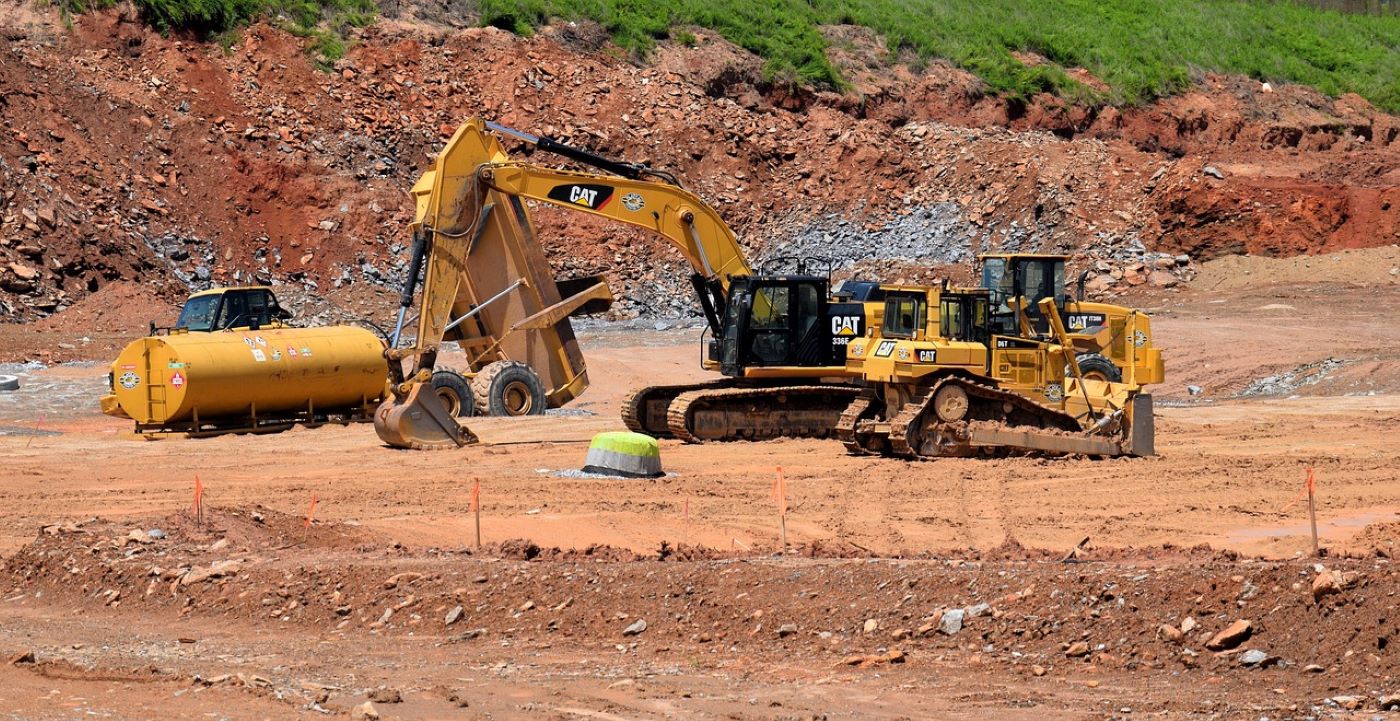
Construction BMP Guide
Construction Stormwater Best Management Practices (BMPs) consist of the measures, approved by the Department of Ecology, used to prevent adverse impacts to surface and groundwater.
Below is guidance on common BMPs utilized in Washington State. There are many more BMPs available, many of which may be required on your site by the state or your local jurisdiction.
Additional Helpful Resources:
Stormwater Management Manuals:
*It is your responsibility to consult with state and local officials to ensure that the BMPs identified in your SWPPP are adequate to protect downstream water quality.

Limiting site disturbance is the single most effective method for reducing erosion. Preserving natural vegetation not only limits the amount of soil disturbed, but that vegetation can act as a buffer to collect sediment and reduce peak flows off of a site.

High visibility fencing is used to restrict clearing, prevent disturbance of sensitive areas, and limit construction traffic to designated areas.

Stabilized construction entrances reduce the amount of sediment transported onto paved roads by vehicles or equipment. This is done by constructing a stabilized pad of quarry spalls at entrances and exits for construction sites.

Wheel washes reduce the amount of sediment transported onto paved roads by washing dirt from the wheel of vehicles prior to leaving the construction site.

Stabilizing roads, parking areas, and other on-site vehicle transportation routes immediately after grading reduces erosion caused by construction traffic or stormwater.

Sequencing a construction project can reduce the amount and duraƟon of soil exposed to erosion by wind, rain, runoff, and vehicle tracking.

Grass lined channels utilize a vegetative lining to prevent the transport of sediment and erosion while the channel conveys runoff.

Riprap channel lining is used when erosion potential is high and natural or vegetation-stabilized soils in a channel are inadequate to prevent channel erosion.

Check dams constructed across a swale or ditch reduces the velocity of concentrated flow and can allow large particle sediments to settle out.

Outlet protection prevents scour at conveyance outlets and minimizes the potential for downstream erosion by reducing the velocity of concentrated stormwater flows.

A silt fence reduces the transport of coarse sediment from a construction site by providing a temporary physical sediment barrier as well as a means to reduce the runoff velocities of overland flow.

Wattles are often made of straw, compost, or other organic material wrapped in a biodegradable case. They can effectively reduce runoff velocity, capture and retain sediment, and spread the flow of rill and sheet runoff.

Temporary sediment ponds are used during construction to remove medium to large-sized sediment from runoff originating from the site.


